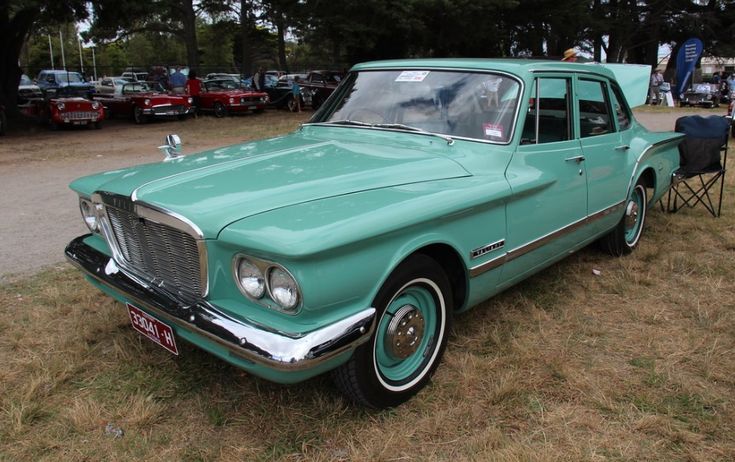In the world of sedans, we talk a lot about engine performance, ride comfort, fuel economy, and infotainment systems. But here’s the thing—there are little details inside your car that can ruin your daily drive way faster than a half-second 0–60 brag. One of those? The shifter boot. It’s not flashy.
It’s not a selling point. But it matters. A good shifter boot feels solid in your hand and stays that way for years. A bad one? It starts fraying or splitting at the seams before your second oil change.
Shifter boots are subjected to constant contact, movement, pressure, and environmental stress. Materials matter—some automakers skimp out with faux leather or low-grade vinyl that looks sharp on day one but gives out soon after.
Others actually invest in high-quality stitched leather, reinforced mounting collars, and heat-resistant backing. You’d be surprised which brands get it right.
This article digs into ten sedans—five that hold up impressively well over time, and five that flat-out disappoint. This isn’t just opinion based on showroom inspections—we’ve looked at real-world use, owner reports, repair trends, and material choices.
If you’re the kind of person who cares about tactile quality, longevity, and not having to DIY a new boot every 18 months, read on. These are the sedans where the shifter boot either earns your respect or splits under pressure.
5 Sedans Whose Shifter Boots Last
Some sedans go the extra mile on the interior, especially where your hand lands every day—the shifter. These five models prove that long-term quality isn’t just about engines.
They use better materials, better stitching, and better design. The result? Shifter boots that don’t sag, tear, or look like roadkill after a few years. If you’re looking for a solid, lasting interior feel, these are the sedans to check out.
ALSO READ: 5 Cars That Still Drive Like New at 10 Years and 5 That Feel Ancient
1. Toyota Camry
The Camry has always been the poster child for reliability, but what flies under the radar is just how durable its interior components are, including the shifter boot.
Toyota equips the Camry, especially in XSE and XLE trims, with a thick, well-stitched leatherette boot that feels like the real thing. And it holds up like it, too. You don’t get that tacky shine or crackle that shows up in cheaper synthetics.
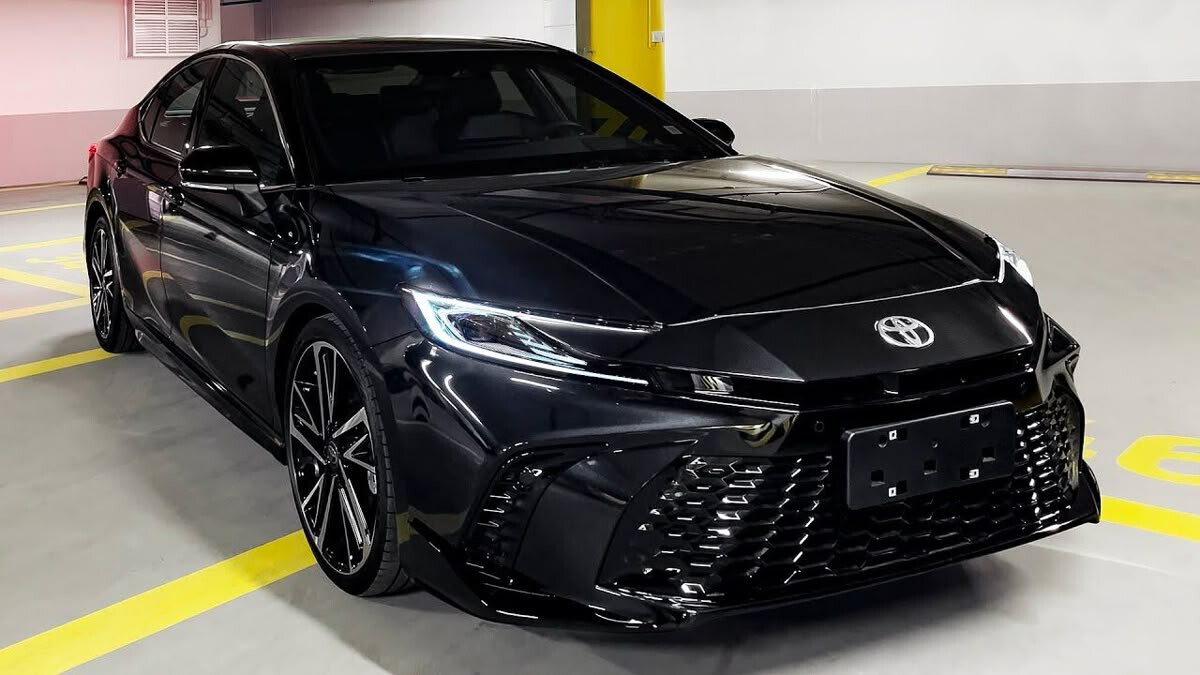
Toyota’s supplier uses a high-tensile synthetic leather blend that resists both UV damage and repeated flexing, so even if you drive stick daily or manhandle the gear lever while parked, the boot keeps its form. The boot collar is reinforced with extra stitching, and it’s seated deep enough that it doesn’t shift out of place or get pinched.
Owners who’ve crossed 100,000 miles without replacing a single trim piece often mention how “nothing feels loose or worn.” That includes the shifter boot, which somehow still holds its stitch lines even when the center console starts to show wear.
It’s this kind of attention to detail—on something most people wouldn’t notice—that makes Toyota’s reputation for longevity more than just marketing. You don’t need flashy upgrades when the basics are this well done.
2. Honda Accord
Honda plays a smart game with the Accord. They rarely go over the top, but they always keep things solid. The shifter boot on the Accord isn’t luxurious, but it’s built to last. Even in lower trims, Honda uses a material that mimics leather well and stands up to both hot summers and cold mornings. The boot feels consistent year after year, with tight seams and no bubbling.
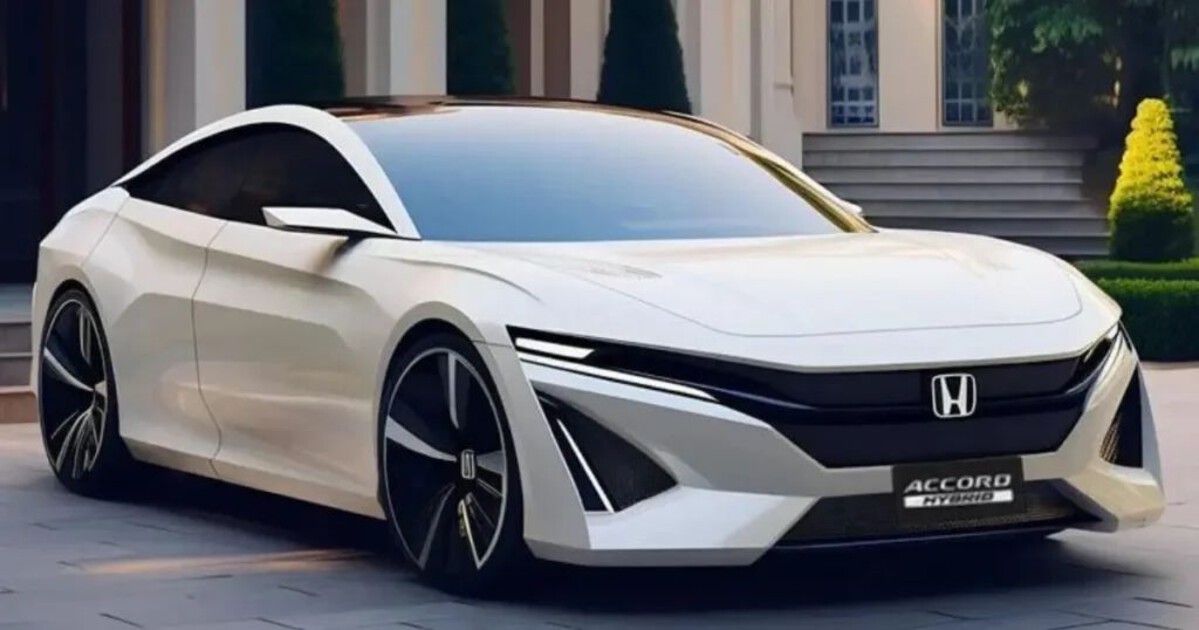
In EX and Touring models, the boot gets stitched detailing that isn’t just for show. It’s double-threaded, and the base collar is secured by a molded plastic anchor that won’t loosen over time. That’s a small thing, but it stops the boot from twisting or lifting with use, which is what causes wear in cheaper sedans.
What really makes it hold up is the core construction. Honda uses an inner fabric lining to prevent friction damage from inside the shifter assembly, which is often where early tears begin.
Drivers who keep their Accords for over a decade (and there are plenty) rarely have to replace this part. When you’re not constantly replacing small pieces like the shifter boot, it says something about the engineering mindset. Honda builds for the long haul.
3. Lexus ES
Now, this one’s a no-brainer. Lexus interiors are known for their craftsmanship, and the ES series continues that legacy. The shifter boot is made from genuine leather in most trims, and it’s stitched with an attention to detail that puts many luxury rivals to shame. You’ll find straight, clean lines, no loose threads, and no fading even after years of use.
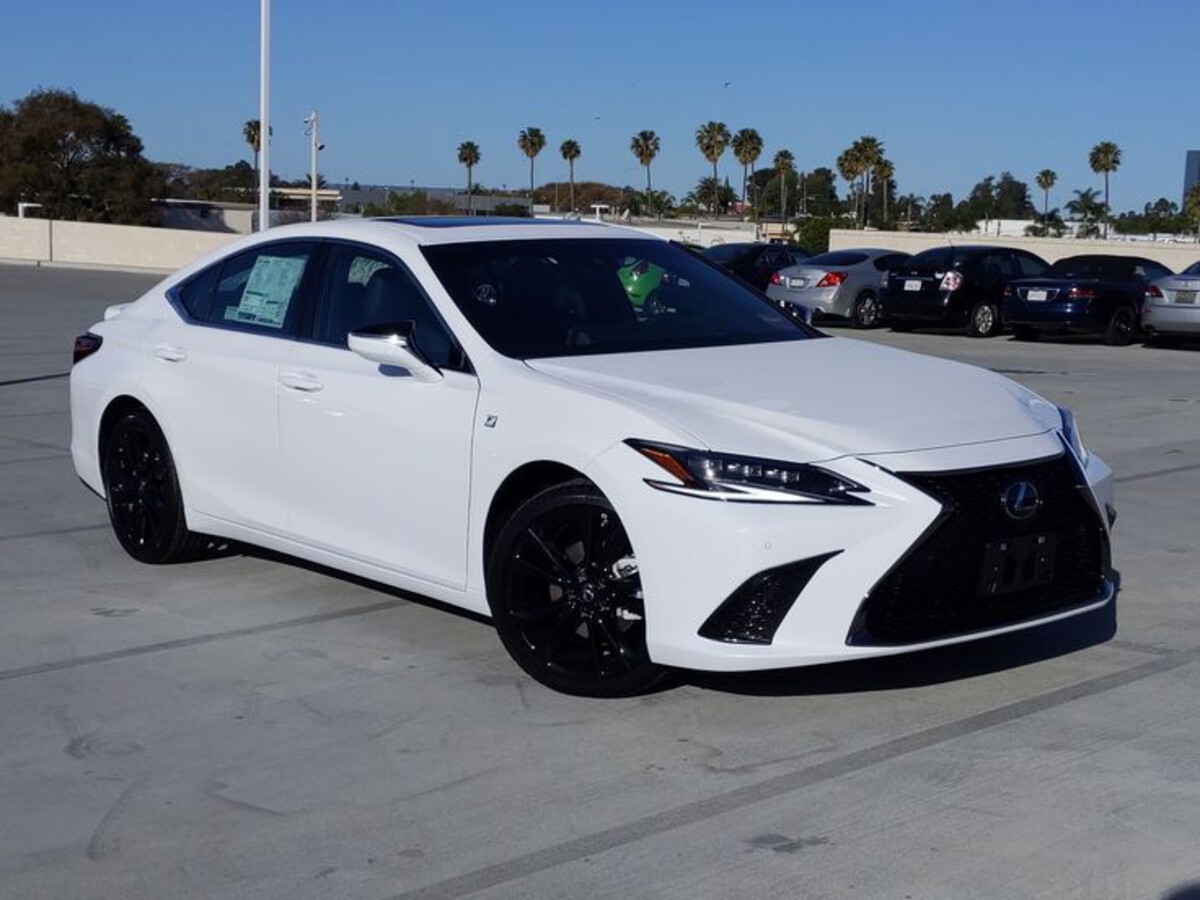
But it’s more than just material. Lexus designs its boots to sit flush with the console, minimizing stress at the seams. The base ring is metal, not plastic, and it holds the boot in place without warping or squeaking over time. Even owners in harsh climates—think Arizona heat or Midwest cold—report that the boot doesn’t crack or shrink.
What stands out is the tactile consistency. Even after 60,000+ miles, it feels like new. That’s no accident. Lexus engineers treat this like part of the luxury experience.
Every time your hand touches it, it’s supposed to feel intentional. It does. It’s luxury without gimmick—just strong materials, smart design, and no shortcuts. If only more brands treated everyday touchpoints with this level of respect.
4. Mazda 6
Mazda’s interiors don’t get enough credit, and the Mazda 6 is proof that mid-level sedans can feel premium without blowing the budget. The shifter boot is a great example. Mazda went with a high-grade leatherette that genuinely looks and feels better than what you get in some entry-level luxury sedans.
But what really matters is how it holds up. Mazda doesn’t just wrap the boot—they double-stitch it, reinforce the base with a flexible, rubber-backed insert, and mount it in a recessed console that shields it from UV and debris.
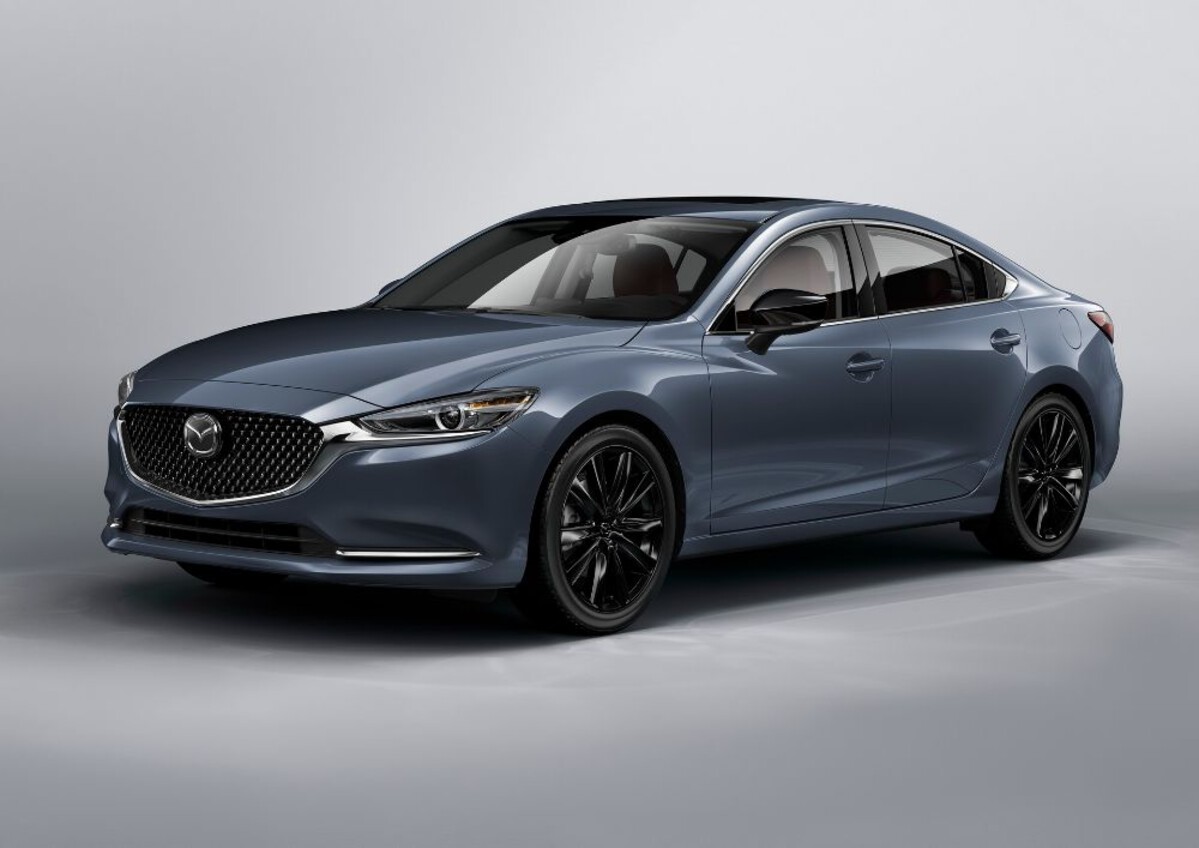
That design choice alone helps avoid the splitting that happens when boots get baked in the sun or rubbed by loose objects in the cabin.
Even drivers who’ve owned their Mazda 6 for 7–8 years rarely report wear on the shifter boot. And when you combine that with Mazda’s surprisingly responsive gearbox and solid center console design, you get a setup that doesn’t just look good—it lasts. Quietly, this sedan punches above its weight in interior longevity, and the shifter boot is a small but telling sign of that.
5. Subaru Legacy
Subaru knows its customers—practical, often outdoorsy, and hard on their cars. So they build accordingly. The Legacy’s shifter boot is made from a thicker, grippier synthetic leather that doesn’t mind a little dirt or glove contact. It’s less about looking pretty and more about working right for years.
The boot features a textured finish that resists scuffs and doesn’t get slick when damp. That’s not accidental. Subaru designed it for real use.
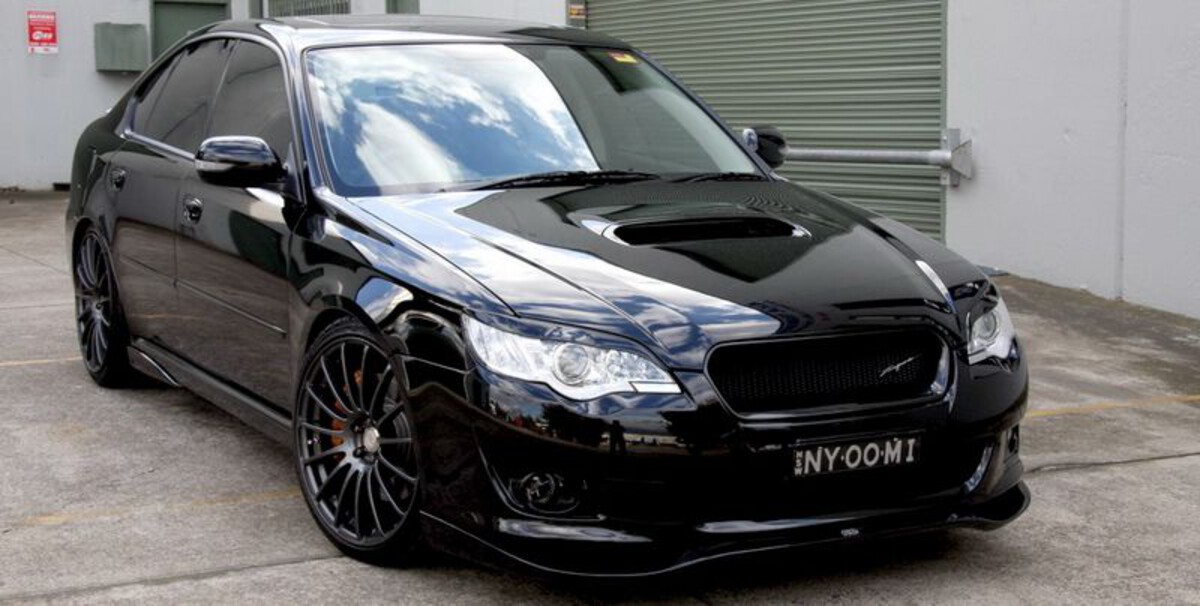
The seams are deeply stitched, and the mounting collar is slightly elevated, reducing wear at the folding points. This keeps it from fraying even with regular shifts and aggressive grip.
Owners of 2015+ models often note that the boot stays tight and intact long after other trim parts start to age. It doesn’t shrink, warp, or discolor easily.
Subaru prioritized utility over fluff, and it paid off. You might not expect longevity in a non-luxury sedan’s shifter boot, but that’s exactly where the Legacy surprises you.
5 Sedans Whose Seams Split
Looks can be deceiving. These sedans may have sharp interiors out of the box, but when it comes to the shifter boot, it’s all show and no stamina.
Whether it’s thin vinyl, poor stitching, or just lazy design, their boots tend to split, tear, or unravel way too early. It’s not a deal-breaker, but it’s an annoying sign of corner-cutting. And yes, you’ll probably end up replacing it sooner than you’d like.
ALSO READ: 5 Cars That Never Have Software Glitches and 5 That Need Constant Updates
1. Chevrolet Malibu
The Malibu tries to balance cost and comfort, but the shifter boot is a weak point. Many owners complain about early seam splitting—sometimes within the first two years. The problem?
Cheap materials. It’s faux leather, but the kind that peels and cracks fast, especially if the car sees sun exposure or heavier use. Worse, the boot isn’t double-stitched, and the thread they use is thin.

The boot also has a poor base design. It sits loosely on the console and lacks structural support. Over time, the rubber collar weakens, causing the entire piece to shift and rub awkwardly with gear movements.
That friction leads to early tears, especially around the corners. Once it starts to go, it’s not gradual. You’ll see it go from worn to ripped in weeks.
Even DIY replacement is annoying. The boot is fused to the trim piece, making it a chore to replace without damage. The Malibu isn’t a bad sedan overall, but this detail screams cost-cutting. If you plan to keep one long term, expect a trip to eBay for an aftermarket boot, or get used to duct tape aesthetics on your console.
2. Nissan Altima
The Altima gets points for offering a sporty vibe in higher trims, but the shifter boot? It doesn’t live up to the hype. Nissan uses a synthetic leather that’s way too thin and prone to heat damage. In hotter climates, the surface gets brittle fast.
Combine that with weak stitching—especially at the stress points near the base—and you’ve got a recipe for early failure.
Many owners have noticed the boot starts curling or fraying within just a couple of years. The seams pull apart, particularly where the boot flexes the most during shifts.

Nissan also made the mistake of using a press-fit plastic ring that loosens over time, so the boot moves around and rubs against the trim, accelerating the wear.
Even basic maintenance becomes a hassle. If you try to clean it with anything more than a damp cloth, it reacts poorly. Cleaners strip the finish, and suddenly you’ve got a dull, flaky mess.
It’s disappointing because the rest of the cabin isn’t half bad. But this one component gives the whole console a worn-out look way too early. Nissan needs to go back to the drawing board here.
3. Volkswagen Jetta
Volkswagen gets a lot right with the Jetta’s mechanicals and cabin design, but oddly, the shifter boot is a consistent complaint.
While it looks premium at first glance, the material used in many recent Jetta models is a thin, stiff vinyl that doesn’t flex well with repeated use. It begins creasing early, and from there it’s a slippery slope to full-on seam failure.
VW also went with decorative stitching in a high-contrast color on some trims, which looks sharp but frays faster than regular thread.

Once one stitch goes, the entire line starts unraveling. Even worse, the boot isn’t reinforced at the stress points near the base, so if you tend to rest your hand on the shifter, you’re applying constant stress that leads to splits.
You’d expect better from a German automaker with a reputation for solid interiors. But the Jetta’s boot feels like a supplier afterthought.
It doesn’t match the rest of the cabin in durability or quality. For a car that aims to feel more upscale than its price tag suggests, this is a miss. Many owners replace the boot with aftermarket options by year three, and that says a lot.
4. Hyundai Elantra (older models)
Let’s be clear—Hyundai has improved a lot in recent years. But if you’re looking at Elantras from, say, 2012–2017, the shifter boot is a definite weak link. It’s a textbook example of form over function.
Looks fine, new, but it’s super-thin vinyl, poorly stitched, and lacks internal support. That means it bunches up, folds wrong, and starts cracking or tearing way earlier than you’d expect.
Owners often complain about the boot detaching from the bezel altogether. That’s not just cosmetic—it lets debris get into the shifter mechanism.

Once that starts, shifting can feel gritty or imprecise, and you’re suddenly dealing with bigger problems than just torn fabric.
One of the biggest gripes? The boot shrinks over time. It actually contracts and pulls away from the edges, creating ugly gaps.
Not something you want to see in a car you paid good money for—even if it was a budget-friendly one. Hyundai has improved the materials in newer models, but for older Elantras, this was a definite corner cut that aged badly.
5. Dodge Charger (base trims)
Now this one might surprise some folks. The Dodge Charger feels burly, has muscle car vibes, and throws in a performance image even in sedan form. But under the surface—especially in base trims like the SXT or SE—the materials used for the shifter boot are barely passable.
Faux leather? Sure. But it’s the brittle, plastic-feeling kind that gets shiny, peels, and eventually splits with regular use.
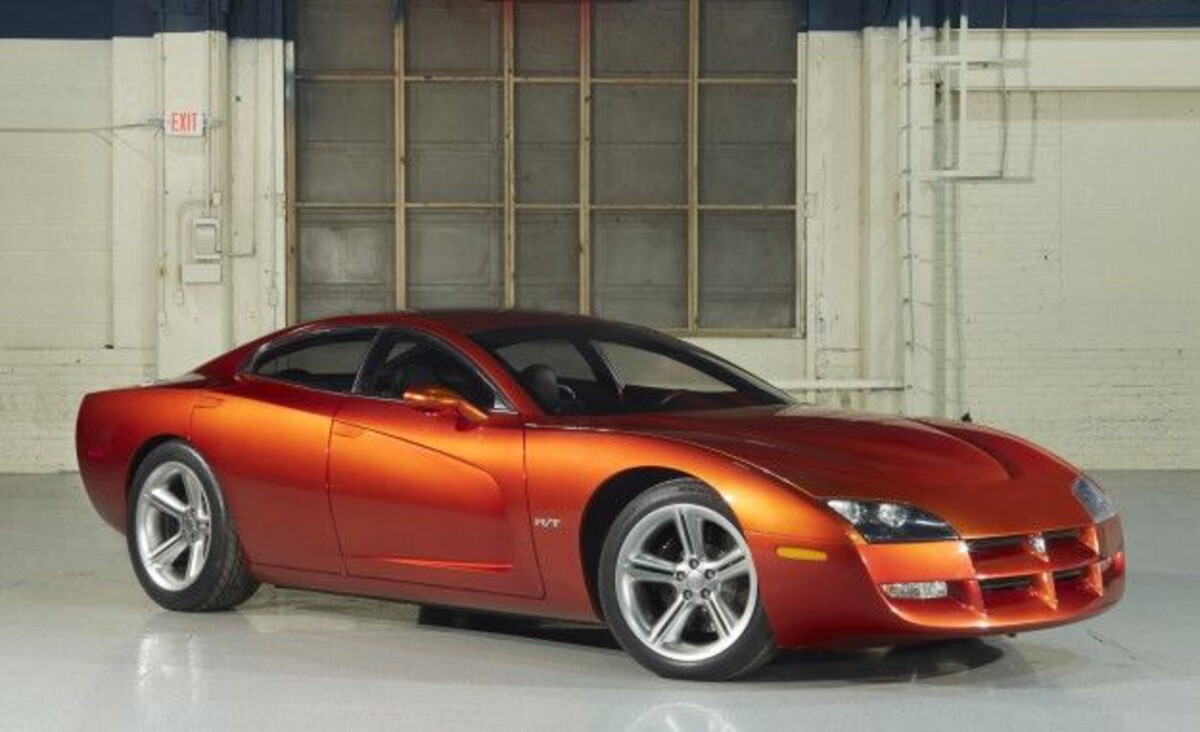
The issue is mostly with the finish—it doesn’t handle skin oils, UV exposure, or flexing over time. Add in cheap single-line stitching and a boot that’s mounted too loosely at the collar, and it’s almost guaranteed to start showing wear early.
By 40,000 miles, many drivers report cracked seams and visible tears, especially on the folds that flex with each shift.
What’s more annoying is that Dodge doesn’t make replacement easy. The boot is integrated into the whole trim bezel in some trims, so swapping it means replacing more than just the boot—unless you’re handy with a Dremel.
For a car that claims muscle and toughness, the interior materials here don’t quite live up to that promise. When we think about longevity in cars, we often focus on engines, transmissions, and maybe suspension wear. But interiors tell a different story, especially in sedans that get used daily for commutes, errands, and long drives.
A solid shifter boot won’t win awards, but it will quietly do its job for years. And when it fails early, it doesn’t just look bad—it feels like the automaker let something simple slip.
The five sedans we praised—Toyota Camry, Honda Accord, Lexus ES, Mazda 6, and Subaru Legacy—got the basics right. They used strong materials, thoughtful design, and didn’t skimp on stitching or fit. Their boots hold up not because they’re luxury items, but because someone thought, “Hey, the driver touches this every day. Let’s not cheap out.”
On the flip side, sedans like the Malibu, Altima, Jetta, older Elantras, and base Chargers remind us that even good-looking interiors can fall apart fast if the details aren’t there. Whether it’s poor stitching, weak vinyl, or a lazy mounting setup, these issues add up.
In the end, longevity is about more than what’s under the hood. It’s also in the tactile, everyday pieces that most of us take for granted—until they split. So if you care about your car feeling solid years down the line, check the boot. It’ll tell you more than the badge on the trunk.

